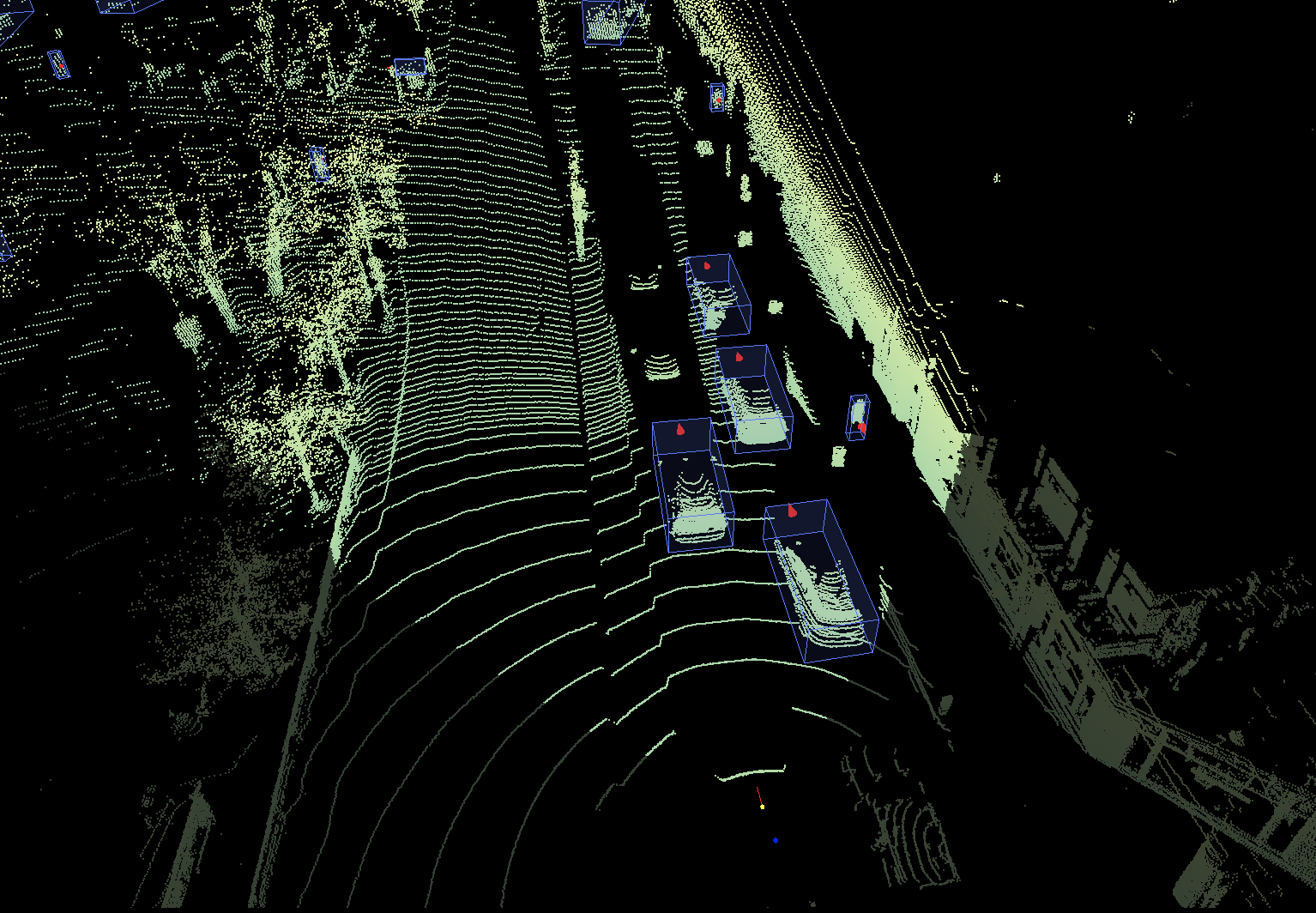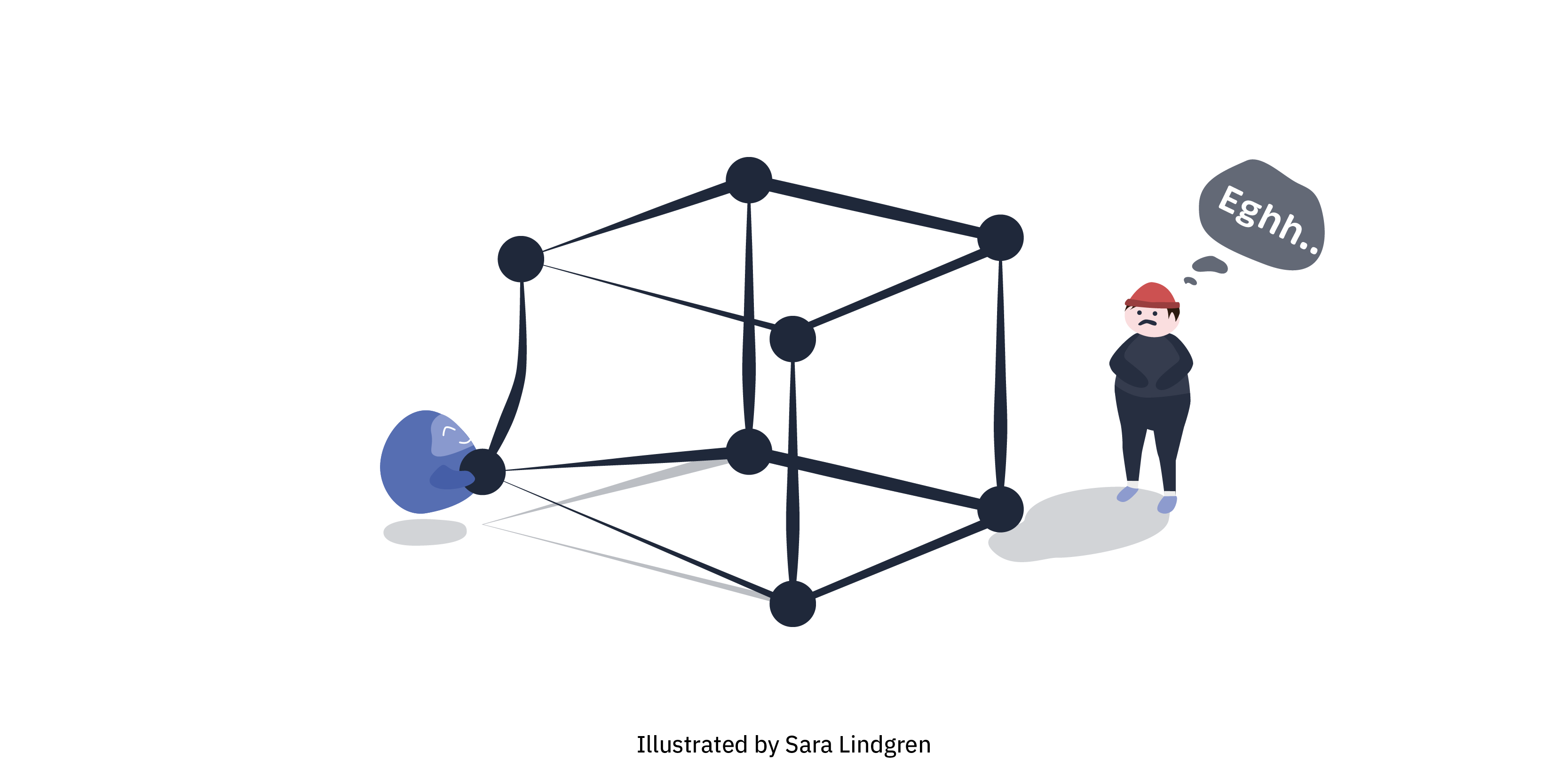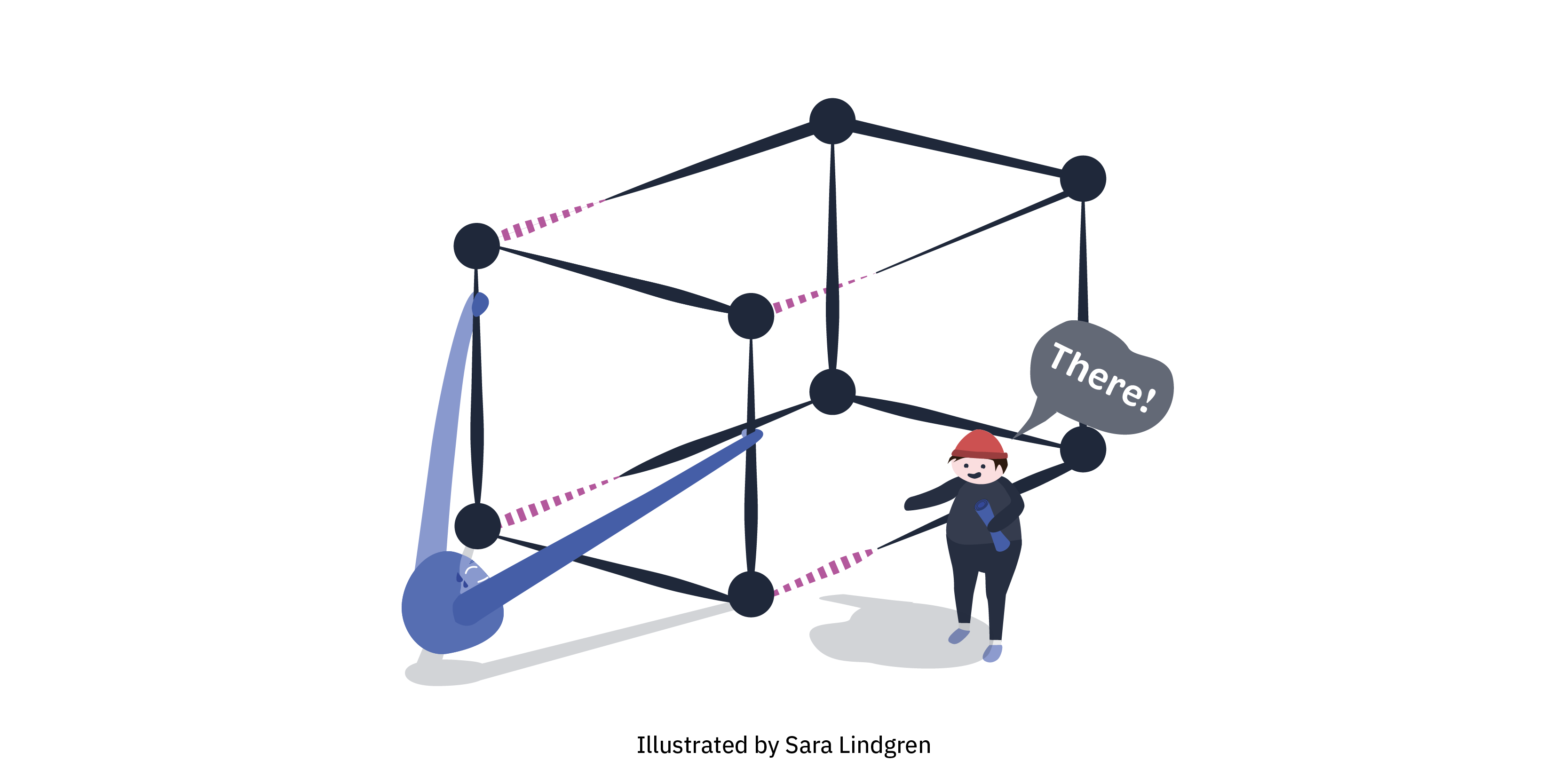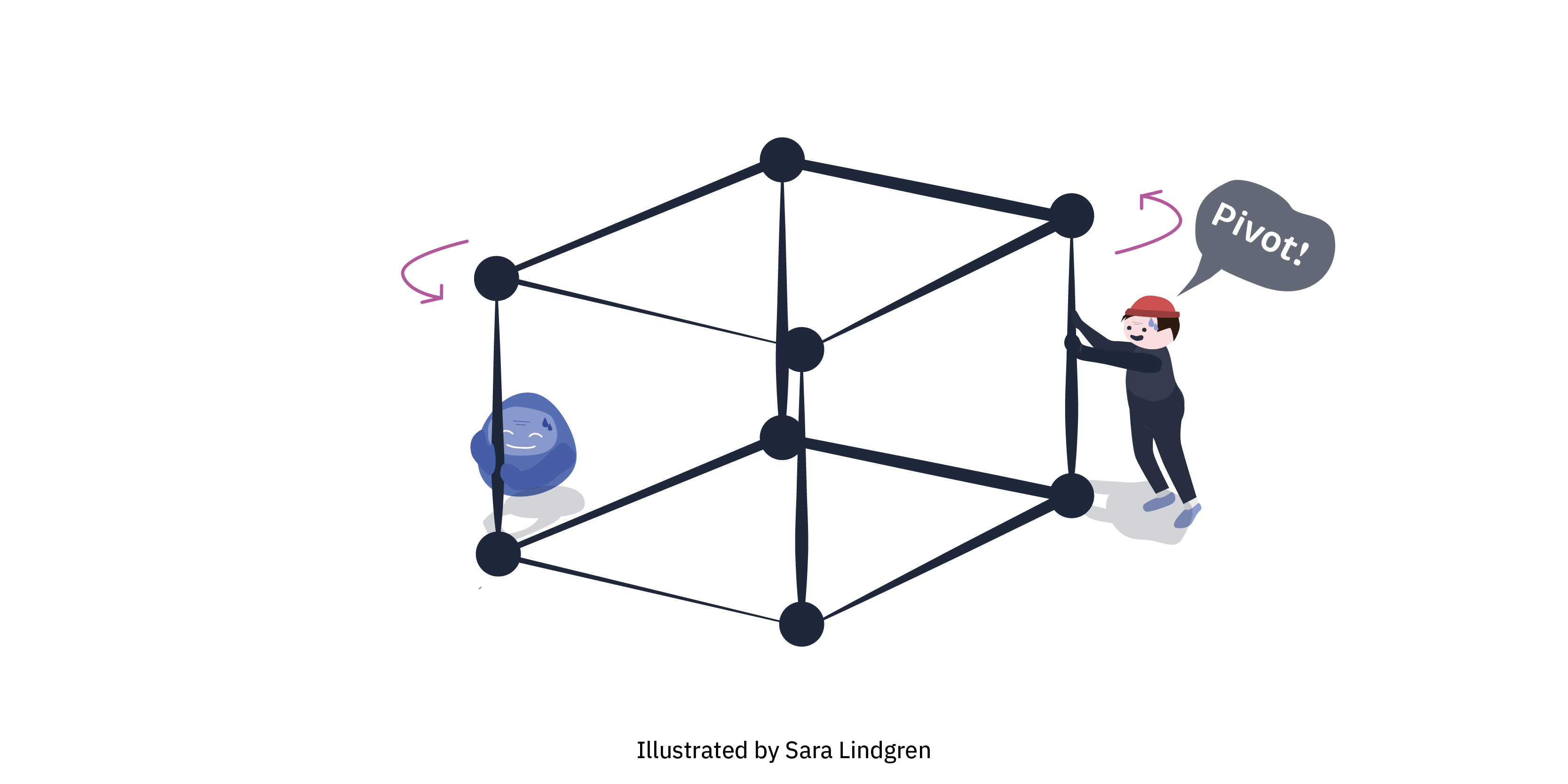How Human-Machine Collaboration Amplifies Annotation Productivity
At Kognic, we believe machines learn faster with human feedback. Our mission is to help autonomy teams get the most annotated data for their budget by making human judgment as productive as possible. A critical part of achieving this is leveraging interactive automation—tools that combine machine efficiency with human expertise. In this article, we share insights from implementing machine learning services that amplify annotator productivity while maintaining the high quality our customers depend on.
Kognic works with autonomy teams around the world who rely on sensor-fusion data—combining 2D images and LiDAR 3D point clouds—to train and validate their systems. Our annotators receive clear definitions and guidelines for each project, but guidelines alone aren't enough. To truly maximize productivity, we continuously develop platform features that reduce manual effort and route human attention to where it matters most.


Our approach centers on a key insight: automation shouldn't replace human judgment—it should amplify it. By integrating interactive machine learning services into our annotation workflows, we aim to minimize the time it takes to turn scarce human expertise into high-quality, auditable training data. This is how we deliver on our promise of being the price leader in autonomy data annotation.
Building Tools That Amplify Human Expertise
Our Engineering Team developed the Machine Assisted 3D Box tool to address a specific productivity bottleneck: the time annotators spent manually drawing and adjusting cuboids in LiDAR point clouds. Rather than having annotators painstakingly define every dimension, the tool leverages machine learning to calculate object size, position, and rotation based on an initial human judgment.
This exemplifies our philosophy of human-machine collaboration. The annotator provides the critical input—identifying the object and its approximate boundaries—while the ML service handles the computational task of encapsulating all relevant points. Each brings their strengths: humans excel at judgment and context, machines excel at speed and precision within defined parameters.
We also developed tracking features for 3D cuboids that automatically adjust position, rotation, and size across point cloud sequences. This dramatically reduces the manual work required in each frame while maintaining annotation quality—a clear example of using automation to maximize the productivity of human feedback.
"In the early stages, we struggled to get annotators to adopt these tools—even though data showed they improved productivity."
People, Platform, and Process: Lessons from Implementation
Initial adoption of our interactive automation tools was lower than expected, despite clear evidence that they accelerated workflows. Annotators reported that the tools felt slower and less accurate than manual methods, and they couldn't see the productivity benefits we had measured.
This taught us a fundamental lesson: delivering productivity gains requires more than just powerful platform features. Success depends on the integration of Platform, Process, and People—Kognic's three pillars of value delivery.

Setting the Right Expectations
We realized that annotators weren't rejecting automation itself—they were rejecting tools that didn't meet their expectations. When automation results didn't align with their mental models of how the tools should work, they defaulted to manual methods where they felt more in control.
According to Google's People + AI Guidebook, building trust in AI systems requires transparent explanation. Users need to understand not just what a system does, but how to integrate it effectively into their workflows. When we launched these tools, our engineers understood their capabilities and limitations, but we hadn't adequately prepared annotators to build accurate mental models.
This highlighted a gap in our Process pillar. The technology was ready, but the operational support—training, documentation, expectation-setting—wasn't sufficient to enable adoption.

Communication: The Bridge Between Platform and People
We learned that our automation tools weren't meant to replace human judgment—they were designed to make that judgment more productive. But we hadn't communicated this clearly enough. Annotators expected full automation when what we delivered was intelligent assistance.
Key lessons for bridging Platform capabilities with People adoption:
- Be transparent about capabilities and limitations. Maintain open dialogue between engineering and operations teams about what automation can and cannot achieve. Keep annotators informed as features evolve. Finding the right balance in technical communication is challenging, but it significantly impacts how users approach new tools.
- Set clear expectations through multi-modal instruction. According to Amy Schade at the Nielsen Norman Group, combining video, images, and text allows each user to learn in their preferred way. Document optimal workflows and share them proactively—don't force users through trial and error.
- Make features discoverable in the interface. Don't rely on users remembering that features exist. Use context menus, instruction boxes, and clear UI states to guide users toward productivity-enhancing tools at the right moment.
Clear communication, realistic expectations, and thoughtful UI design prepare users for success. But ultimately, automated workflows must deliver measurably better results than the manual alternatives they're meant to enhance.

"Automation must deliver tangible productivity gains that annotators can feel in their daily work."
Performance: The Foundation of Adoption
Introducing new workflows is disruptive. Users need compelling reasons to change their habits—especially when existing methods feel reliable and familiar. We learned that automation features must not just be faster in aggregate metrics; they must feel easier and more efficient to the people using them.
This is where the integration of all three pillars becomes critical. A powerful Platform feature won't drive productivity if the Process for rolling it out is flawed, or if People haven't been adequately trained. Our job is to ensure automation delivers noticeable, positive changes that annotators appreciate in their daily work.
Good communication and preparation increase acceptance of new tools, but negative first impressions are hard to overcome. If annotators struggle initially, they may avoid the feature permanently—even after we've improved it. This led us to adopt a more cautious rollout strategy: release new automation features to small pilot groups first, gather feedback, iterate, and only then scale to the full workforce.
Why This Matters for Autonomy Teams
These lessons apply directly to our customers. Autonomy teams face the same challenge we do: how to maximize the productivity of human feedback as it becomes the scarce, high-value input in AI development. As auto-labeling matures and foundation models handle routine tasks, human attention shifts to edge cases, preference ranking, trajectory evaluation, and other forms of judgment that machines can't yet replicate.
The organizations that succeed will be those that effectively integrate Platform capabilities (automation tools), robust Processes (training, quality assurance, workflow design), and skilled People (domain experts who understand both the technology and the real-world context). This is exactly what Kognic provides: a complete solution that delivers the most annotated autonomy data for your budget.
Conclusion
Implementing interactive automation taught us that technology alone doesn't drive productivity—it's the integration of Platform, Process, and People that creates value. Key takeaways:
- Be transparent about what automation can and cannot do
- Set expectations using clear, multi-modal instructions
- Make features discoverable through thoughtful UI design
- Ensure automation delivers tangible improvements over manual workflows
- Pilot new features with small groups before full-scale rollout
As annotation evolves from routine labeling toward higher-order judgment tasks, the need for productive human-machine collaboration will only grow. At Kognic, we're committed to pushing this frontier forward—ensuring that machines learn faster with human feedback, and that our customers get the most value from every hour of expert attention.
Share this
Written by



.png?width=2000&name=kognic%20logo-black%20(1).png)
